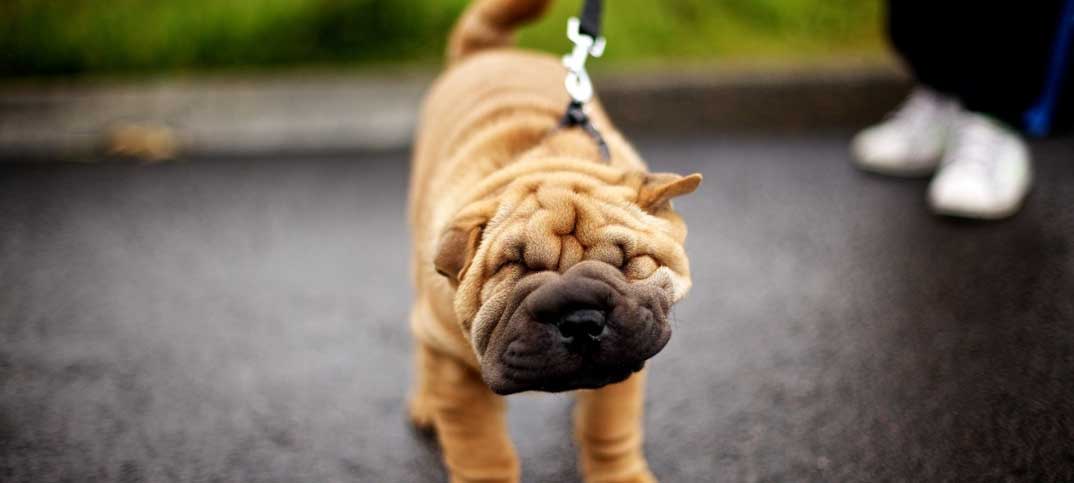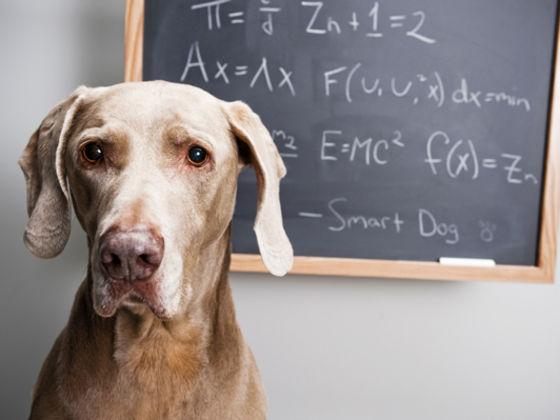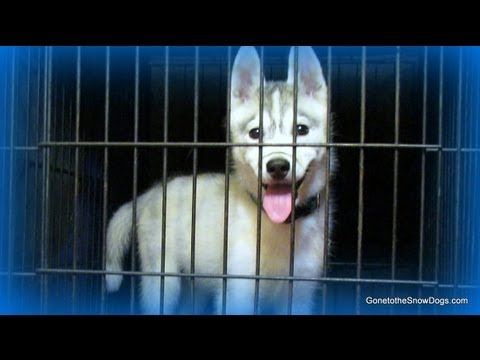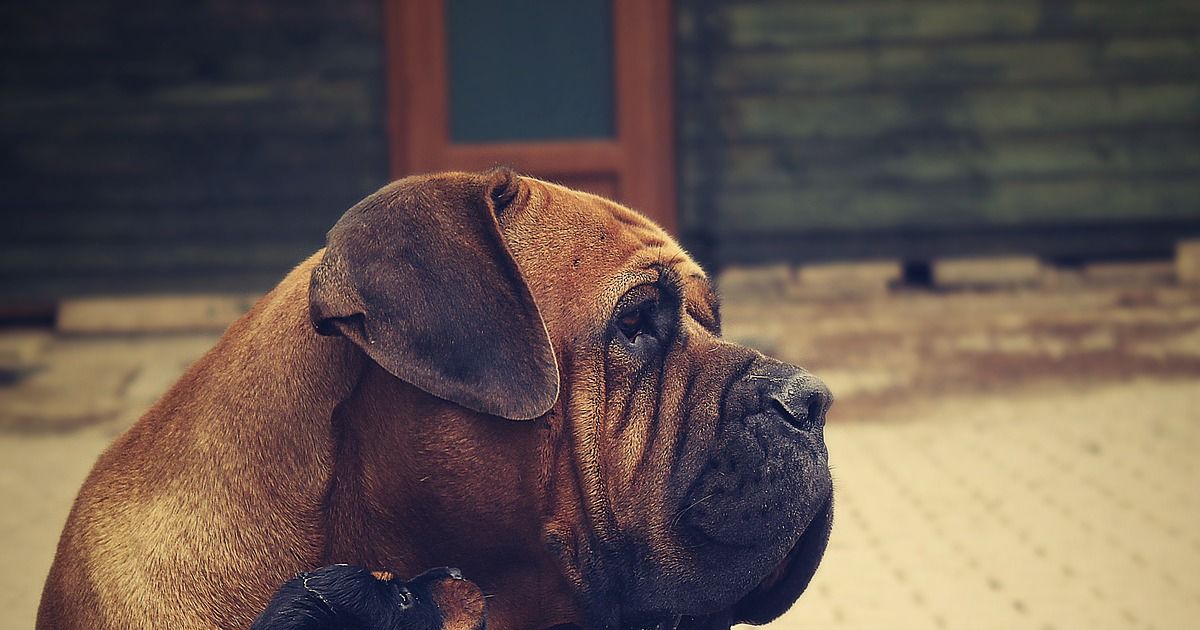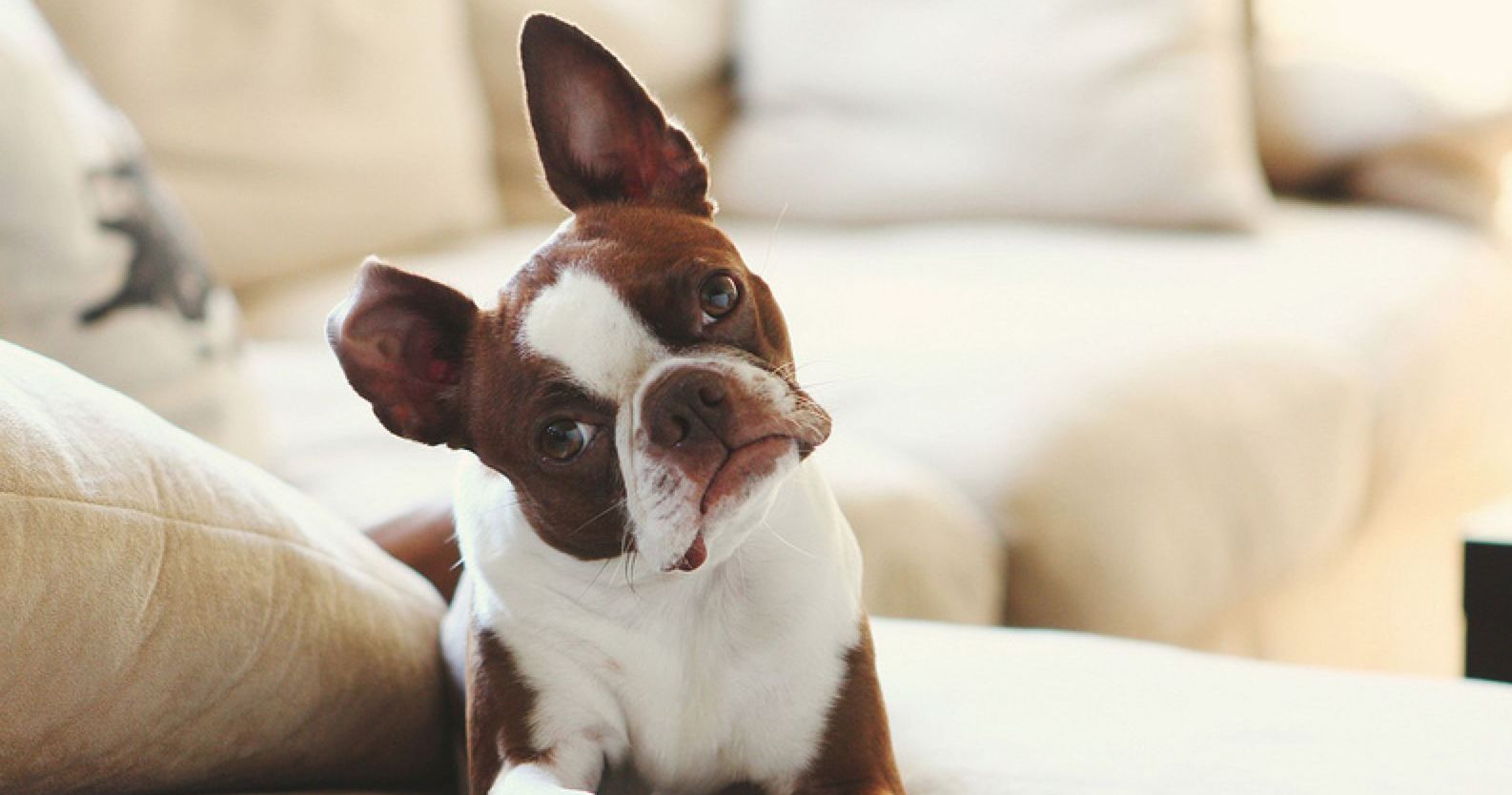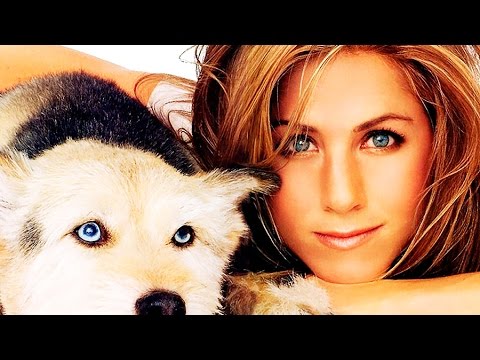When bringing home a puppy for the first time, it is tempting to want to ‘baby’ it, since it is so small and cute. However, this will lead to a spoiled and untrained dog in the long run with many different behavior problems that are much more difficult to retrain once the dog is older and the patterns are established. Dog leash training is one of these issues. Training a dog to a leash is much easier when the dog is a puppy, and is therefore small and easy to handle. When a dog is older, it is much more difficult to train it to the leash since it is physically much more able to pull the owner around and cause problems.
Steps
- The first step to dog leash training is to get the new puppy used to wearing a collar. When a collar is first introduced to the puppy, he will most often try to get it off of his neck by scratching at it, rolling around or use other means to try and remove it. It can be painful to watch this process but it is important not to remove the collar until the puppy has calmed down and becomes distracted by something else. That way he knows that he cannot get the collar removed by the other behaviors and that the collar can come on or off at any time.
- The next step in dog leash training is to do the same sort of process with the leash. The leash should be attached to the puppy’s collar and the puppy should be able to drag it around with him while he is playing. Soon enough, he will forget the leash, just as he did the collar, which is when the owner will be ready to move to the next step. One important safety precaution with this step is to never leave the puppy unsupervised while dragging the leash around, in case he gets caught on something.
- The last step in dog leash training is to start to hold the end of the leash, walking with the puppy around the house. The leash should always be loose between the dog and the owner, so that the dog is always walking right by the owner’s side. If the puppy starts to pull on the leash, the owner should immediately stop walking and call the puppy so that he comes back to the owner’s side. Once that happens, then the owner can start to walk again, continuing as long as the puppy remains at the side with the leash hanging loosely. The puppy should receive a lot of praise when he is doing it well so that he learns that walking that way is enjoyable.

